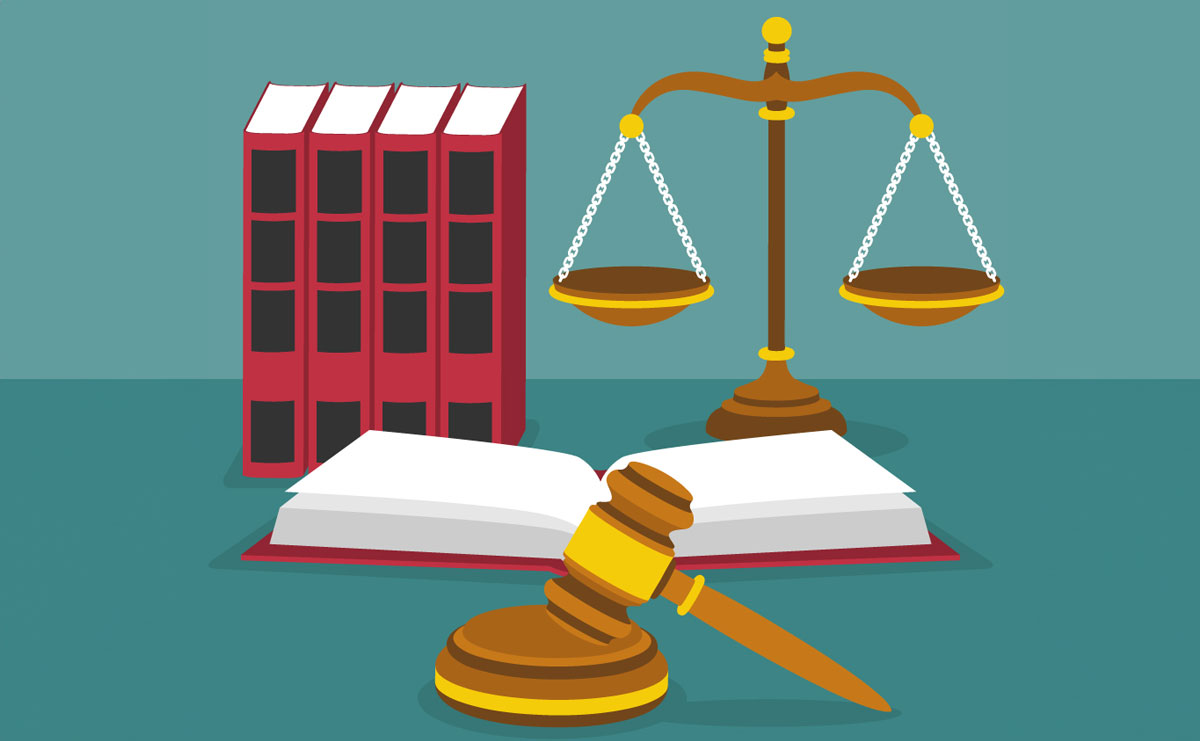RTB-11A – Notice of Rent Increase – Manufactured Home Site – (auto-calculating version) in British Columbia
The RTB-11A form is an auto-calculating notice for BC tenancy rent increase specifically designed for manufactured home sites in British Columbia. It requires landlords to provide tenants with at least three full rental months’ notice before any rent increase takes effect. This comprehensive form includes sections for tenant and landlord information, detailed calculation of the rent increase based on local government levies and public utility fees, documentation requirements, and landlord’s signature to affirm the accuracy of the information provided. BC notice of rent increase also outlines the formula for calculating rent increases, ensuring compliance with the Manufactured Home Park Tenancy Regulation, and includes instructions for landlords on how to complete and serve the notice properly. There are some reasons for additional rent increase BC such as improvements or renovations, increased operating costs, market rates, end of a lease term, regulatory changes, and added services or amenities.
To correctly fill out the RTA Rent Increase form for a manufactured home site in British Columbia, follow these step-by-step instructions:
Page 1: Tenant and Landlord Information
- To the Tenant(s): Fill in the full names (first, middle, last) of the tenant(s) of the manufactured home site. Include the site and mailing addresses, phone numbers, and any other contact information.
- From the Landlord(s): Enter the full legal names and address details of the landlord or the representative managing the property. Also, provide contact phone numbers.
- Your New Rent: Indicate the new rent amount that will be payable by the tenant starting from the specified date. Ensure you provide a detailed explanation of how this figure was established in the later sections of the form.
Page 2: Tenancy Agreement Information and Detailed Calculation
- Items Included in the Rent: Check all boxes that apply to services included in the tenant’s rent (e.g., water, garbage collection, parking).
- Date of Last Rent Increase: Landlords must complete this section by indicating either the date the last rent increase took effect or, if it’s the tenant’s first increase, the date the rent was initially established.
- Detailed Calculation: This section requires landlords to document the calculation of the rent increase. Include last year’s and this year’s local government levies and public utility fees, calculating the increase accordingly. Follow the auto-calculate feature in the form (if applicable) for accurate totals.
Page 3: Calculation of Rent Increase
- Proportionate Increase Calculation: Calculate the total increase in local government levies and public utility fees. Divide this by the total number of sites to find the proportion per site and apply this figure to determine the rent increase for the tenant’s site.
- Annual Rent Calculation: Using the form’s formula, calculate the allowable inflation increase and add this to the current rent alongside the proportionate increase in fees and levies to determine the maximum total rent for the next 12 months.
Page 4: Amount of Rent Increase and Documentation
- Amount of Rent Increase: Specify whether the rent is paid monthly or on a different basis and fill in the appropriate fields to calculate the tenant’s new rent amount and the rent increase.
- Effective Date: Clearly indicate the date when the new rent will be payable.
- Documentation: The landlord must provide access or copies of tax notices, utility bills, and any other relevant documents supporting the rent increase calculation. Indicate how these documents will be provided to the tenant.
- Landlord’s Signature: The landlord must sign and date the form, certifying that the information provided is accurate and true.
General Tips
- Before You Start: Gather all necessary documents, including tax notices and utility bills from the past two years, to accurately fill in the details required for the calculation of the rent increase.
- Auto-Calculate Feature: If using an electronic version of the form with auto-calculate capabilities, ensure you input all figures correctly to utilize this feature effectively.
- Documentation: Be prepared to provide tenants with access to all relevant documentation upon request. This transparency helps ensure compliance and reduces disputes.
Disclaimer: This guide is provided for informational purposes only and is not intended as legal advice. You should consult the Residential Tenancies Act or a legal professional.




